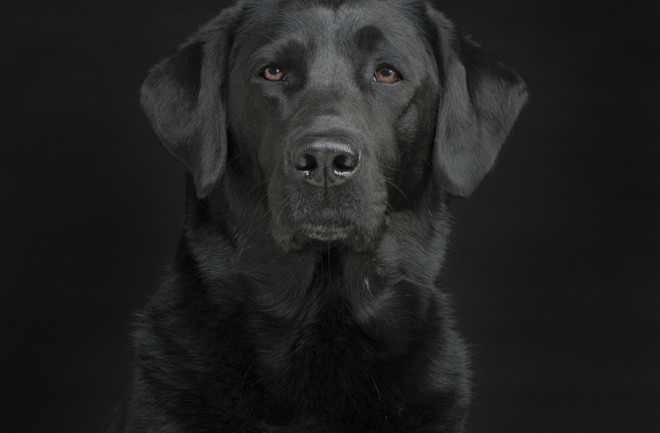It’s the soft part of a summer morning, when the sun is barely up and the day’s heat has not yet taken hold. A young rabbit ventures from a thicket of raspberries, nose quivering. Its movement does not go unnoticed.
Some 20 feet away, one of two dogs sprawled belly-up on the grass opens her amber eyes. The other dog turns over slowly and looks in the direction of the raspberries. They roll to their feet, eyes now trained on the rabbit. The animal darts for the back gate.
The dogs pursue. The female, smaller and more agile, swerves left and right like a cheetah, adjusting course with the rabbit. The bigger male dog thuds behind. They close in on the prey as a team. Without slowing, the rabbit squeezes under the gate to freedom.
The smaller dog, unable to brake in time, slams headfirst into the gate. Behind her, all 70 pounds of the male dog are still hurtling forward. He collides with her haunches, sending her back into the gate. The 6-foot-tall fence shudders with each impact. Both dogs shake their heads and trot back to me, hoping for a consolation prize.
I doubt either of them would last long in the wild. They are thousands of generations removed from the ancestral wolves at the base of the dog family tree. What nature started, we humans have tinkered with for millennia.

